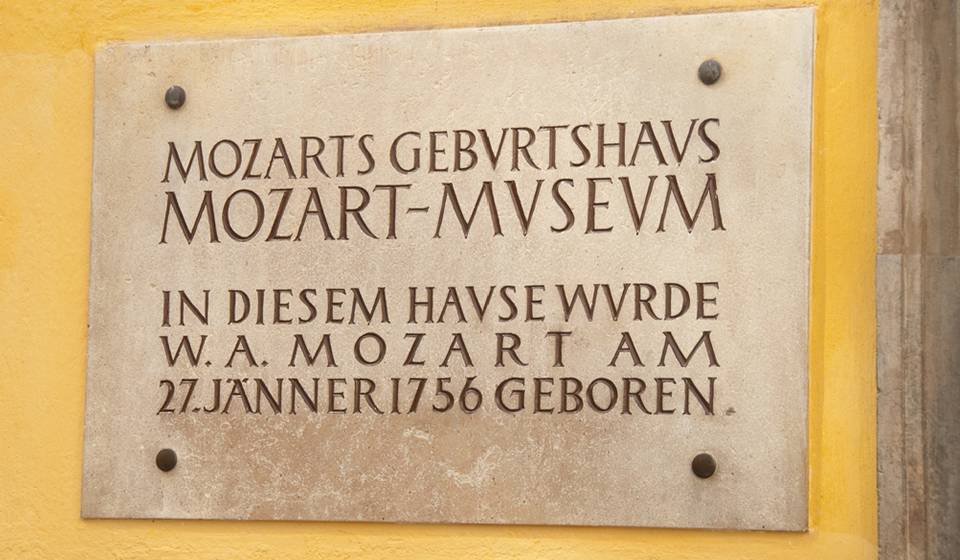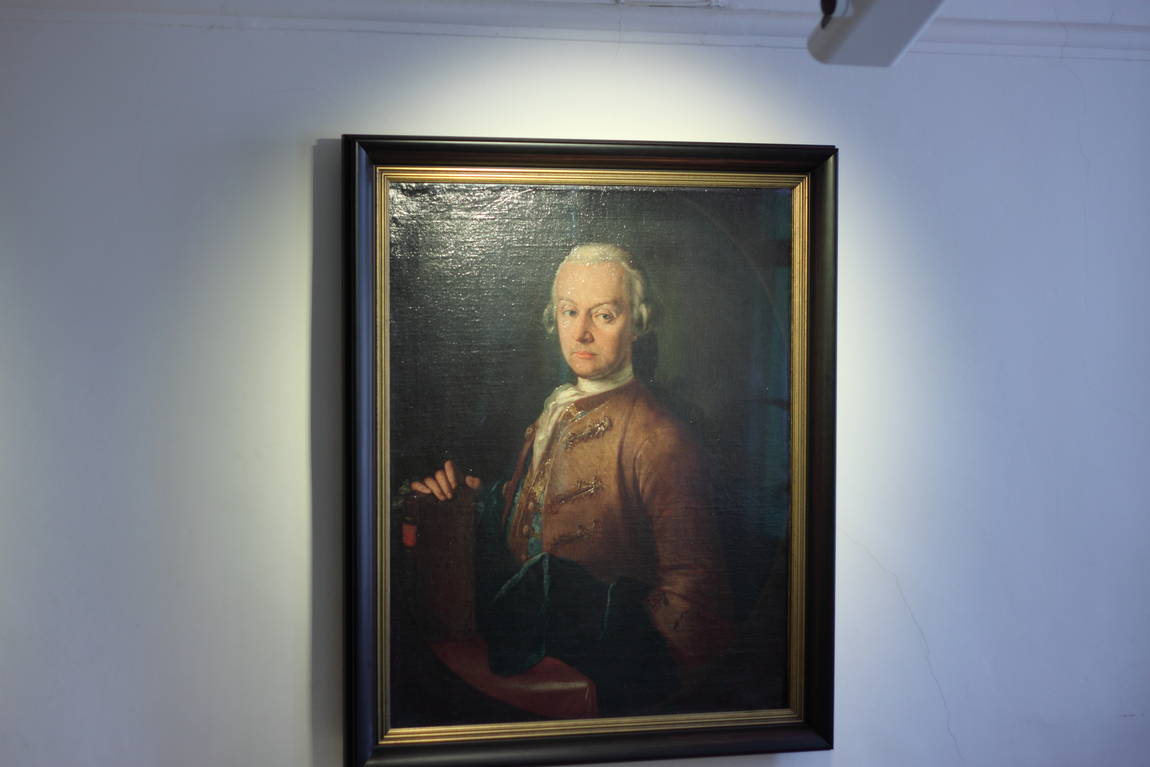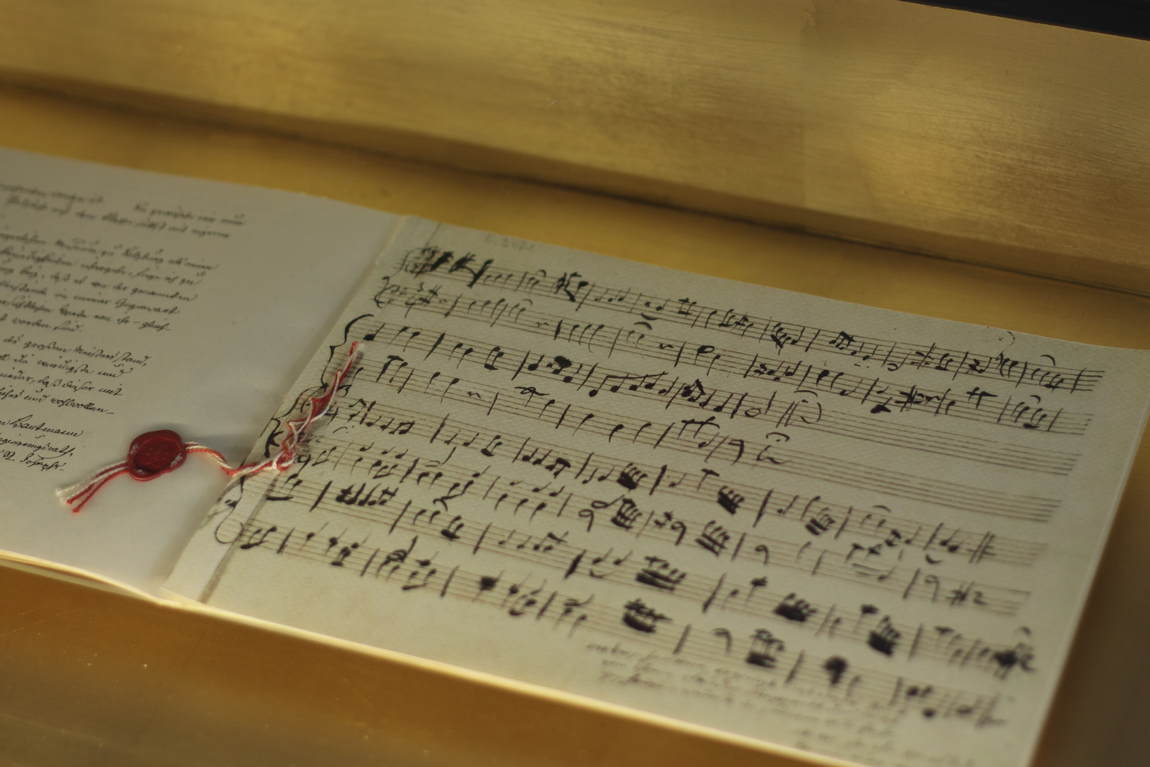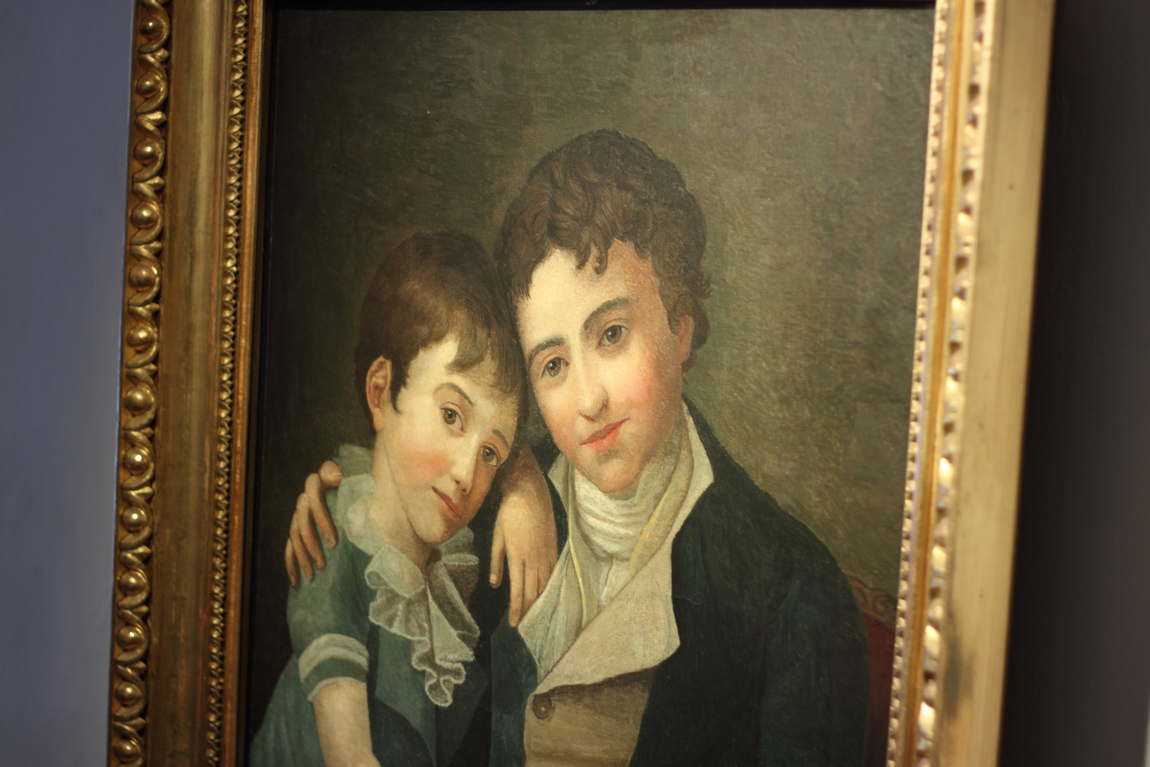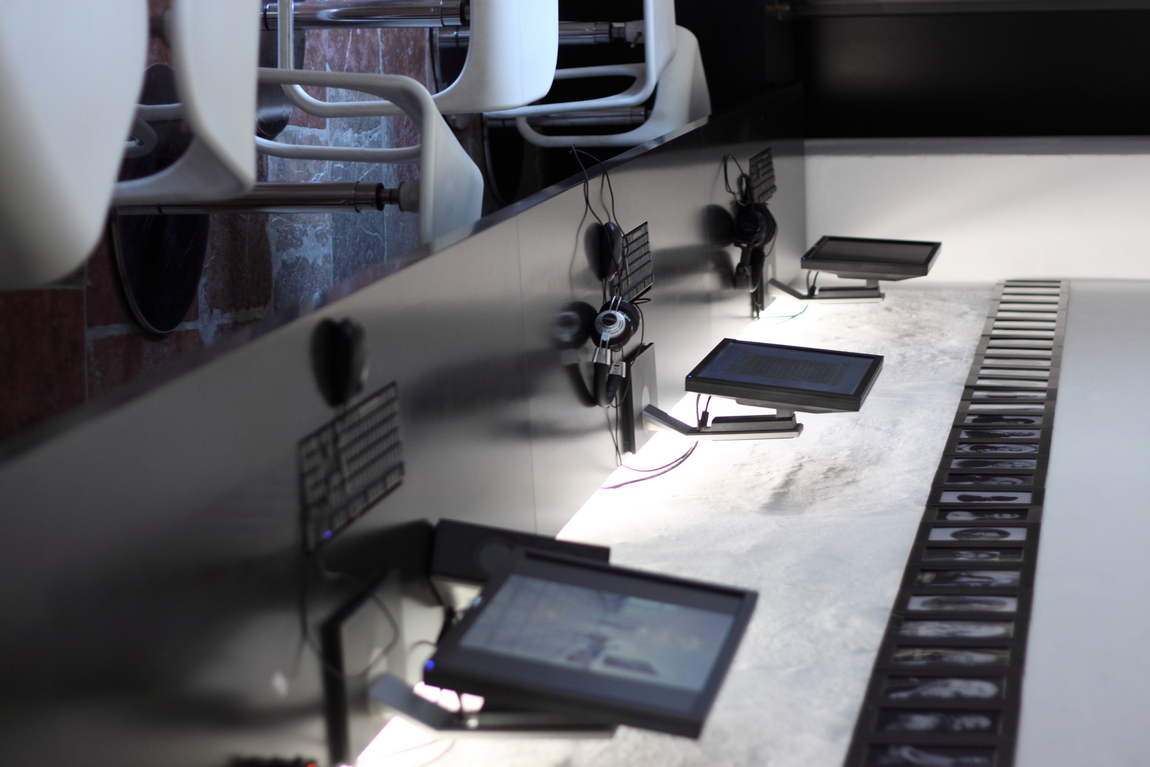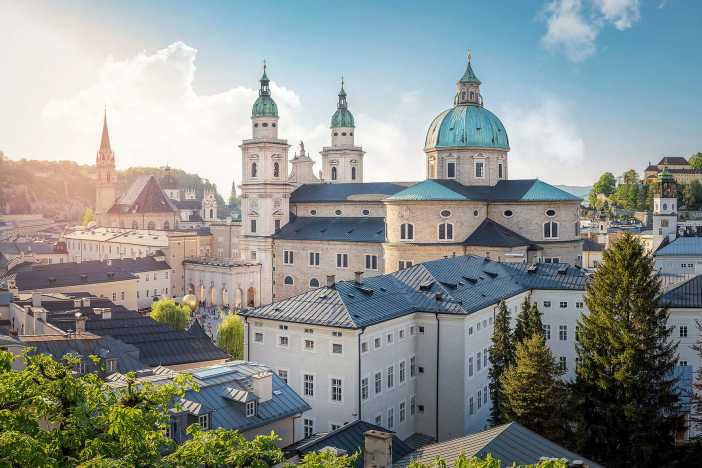There are so many unique and interesting places in Salzburg that you probably won't be able to see them all. But there are some you should not miss. For example, the Mozart House Museum at Götreidegasse 9, where the great composer was born and lived until the age of 17. Salzburg's most famous son was born in one of the rooms on 27 January 1756.
For 26 consecutive years, from 1747, the Mozart family lived in an apartment on the third floor. Together with his parents Leopold and Anna Maria and his sister Nannerl, Mozart spent his childhood and youth there. The family later moved to the house on Makartplatz in 1773.
The city of festivals cherishes the memory of its legendary resident by keeping his museum in excellent condition.
Musical exhibits
Many of the classic's belongings are well preserved within the walls of the house. What would a musician be without his instruments? In Mozart's case, there was probably not a day in his childhood when he did not practise music, and fortunately some of the instruments he played have survived to this day.
Of course, every instrument that Mozart touched at least once has its own aura, but the instruments that Mozart himself owned and used over the years help us to understand his music in a special way: Mozart adapted his compositions precisely to the tonal characteristics of these instruments. They can therefore still tell us a great deal about Mozart's musical concepts. This listening experience is also instructive for performers and audiences in performances with modern instruments.
The viola is particularly interesting. Mozart's viola was made in northern Italy in the early 18th century by an unknown craftsman; a barely legible inscription on the inside attributes the instrument to Paulo Meghini in Brescia, but it is most likely a forgery. The viola is the only one of Mozart's stringed instruments listed in his will - '1 Pratschen in futeral' - and is valued at 4 florins. The instrument was purchased by the Mozarteum Foundation in 1966 from the English collector Edward Speyer, and today you can see this valuable object among other exhibits.
There are also clavichords, a harpsichord and a small violin belonging to Wolfgang Amadeus, as well as numerous paintings by the artist Joseph Lange, depicting the composer himself and all the members of his family.
Personal items in the collection
Today, almost all the rooms in the house museum are equipped with modern, backlit display cases, where unique personal items such as rings, manuscripts, letters, purses and even locks of hair are displayed under glass. Some of the furniture has also been preserved — a cradle and a wardrobe.
Mozart's family had apartments on the third floor of the Haguenard house even before the birth of their talented son. It was in this house that the child genius took his first modest steps towards music, which would be followed by his confident rise to international fame.
The exhibition on the first floor of the Haguenauer Haus is dedicated to Mozart in the theatre. A large number of excerpts from his famous (and less famous) musical works provide an insight into the great composer's operas.
Many years after his death, the International Mozarteum Foundation decided to establish a museum in the house where Wolfgang Amadeus was born. Thanks to generous donations from patrons, the museum has been reconstructed and brought as close as possible to its original appearance. This is how it will be seen by modern tourists coming to Salzburg from all over the world.


